
Seed enhancement technologies to improve germination and emergence of Australian native Poaceae (Seed Sci. Res.)
Plant Science Research Weekly
One of the most significant limitations in seed-based restoration projects is that some native species exhibit low recruitment in the field. As a result, various seed enhancement technologies (SETs) are being developed to improve germination and seedling emergence by facilitating access to nutrients…
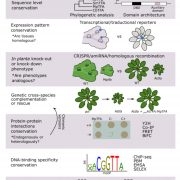
Plant Science Research Weekly: January 22, 2021
WWR Full PostReview: Molecular mechanisms involved in functional macroevolution of plant transcription factors
Transcription factors (TFs) are very important actors through which evolution can operate. In every organism and system studied, starting with the seminal work of Jacob and Monod, they’ve been shown…
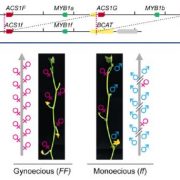
Copious cucurbits coming up! Function of the Female locus in cucumber gynoecy
Blog, Research, The Plant Cell, The Plant Cell: In BriefIf you’ve ever grown cucumbers (Cucumis sativus) at home, you know that at some point over the summer, those cucumbers will probably produce a bounty of fruit and only your trusted pickle recipe will help manage the massive number of cucumbers. Rather than being overwhelmed commercial growers want…

Wheat NAC019 regulates kernel weight and quality
Blog, Research, The Plant Cell, The Plant Cell: In a NutshellGao et al. demonstrate TaNAC019 regulates kernel weight and quality in wheat. The Plant Cell (2021). http://bit.ly/3qCTXSH
By YJ Gao, KX An, WW Guo, YM Chen, RJ Zhang, X Zhang, SY Chang, V Rossi, FM Jin, XY Cao, MM Xin, HR Peng, ZR Hu, WL Guo, JK Du, ZF Ni, QX Sun, and YY Yao
Background: Wheat…
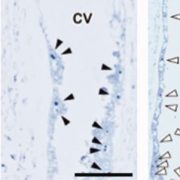
EMFasizing the conserved function of Polycomb in rice endosperm development
Blog, Research, The Plant Cell, The Plant Cell: In BriefF1 plants resulting from crosses between parents of different strains often exhibit improved fitness, known as heterosis, or also hybrid vigor. Hybrids are heavily used in modern agriculture and could be part of the solution to address the challenge of feeding an ever-growing world population. However,…
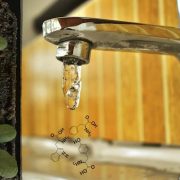
Turning the Tap: How Plants Modulate Aromatic Amino Acid Biosynthesis
Blog, Research, The Plant Cell, The Plant Cell: In a NutshellYokoyama et al. explore regulation of the shikimate biosynthetic pathway in plants. https://bit.ly/3oZeh01
By Ryo Yokoyama and Hiroshi A. Maeda, Department of Botany, University of Wisconsin-Madison
Background: The shikimate pathway directs bulk carbon toward biosynthesis of aromatic amino acids…
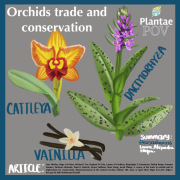
Plant Point of View: Orchids
BlogThis series is the exploration of plants that are notable for various reasons: e.g., by producing specialized metabolites, by illuminating evolution, by serving as genetic models, or by their contributions towards practical applications.
Orchids
The orchid family (Orchidaceae) is the second largest…

Recognizing Plant Cell authors: Dereje Worku Mekonnen
The Plant Cell, The Plant Cell: Author Profiles
Dereje Worku Mekonnen, co-first author of UGT76B1, a promiscuous hub of small molecule-based immune signaling, glucosylates N-hydroxypipecolic acid and balances plant immunity
Current Position: Postdoctoral researcher at Helmholtz Zentrum Müchen (contract now ended)
Education: PhD at the University…

Recognizing Plant Cell authors: Sibylle Bauer
The Plant Cell, The Plant Cell: Author Profiles
Sibylle Bauer, co-first author of UGT76B1, a promiscuous hub of small molecule-based immune signaling, glucosylates N-hydroxypipecolic acid and balances plant immunity
Current Position: Proposal Manager at FGK Clinical Research GmbH, Munich, Germany
Education: PhD in Biochemistry, Ludwig-Maximilians-Universität…

